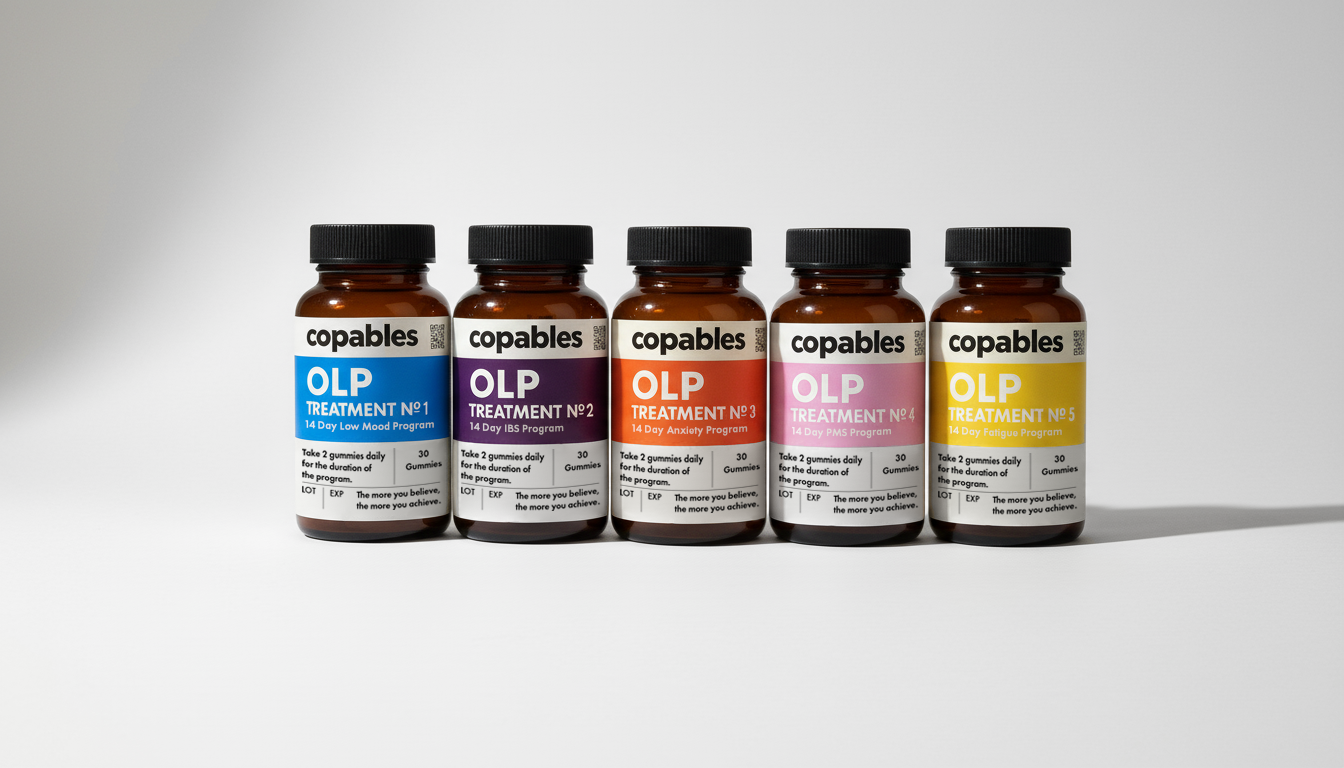
On a gray Tuesday in London, psychologist Jane Ussher sat in her clinic listening to yet another patient describe the familiar storm: irritability, fatigue, sudden tears, the sense that the world had tilted just slightly out of alignment. The woman had tried everything—magnesium, clean eating, even infrared saunas—and still, every month, the cycle returned. “It’s like my body hijacks my mind,” she said. Ussher smiled. “Or,” she replied, “maybe it’s your mind hijacking your body.”
It’s a radical idea, and also, paradoxically, a hopeful one. For decades, premenstrual syndrome (PMS) was explained almost entirely in biochemical terms: fluctuating estrogen and progesterone levels disturb the brain, producing mood symptoms. But new research suggests that this “hormones cause havoc” model is incomplete. The more scientists peer into PMS, the more it resembles a two-way street between mind and body, meaning that psychology, not pharmacology, might hold the master key.
When Biology Meets Belief
In 2017, neuroscientist Tor Wager at the University of Colorado published a series of imaging studies on placebo effects and found something astonishing: when participants believed they had received pain medication, activity in the periaqueductal gray—the brain’s pain modulation center—shifted almost identically to when they actually received morphine. The brain didn’t fake relief; it created it.
Now consider that during the luteal phase of the menstrual cycle, women’s brains become more sensitive to negative cues, a kind of perceptual magnifier. In a 2019 fMRI study from Cambridge, researchers showed women emotional faces while tracking hormone levels. Those with higher progesterone showed stronger amygdala activation, but only if they expected to feel moody. When researchers reframed the test (“this is a resilience experiment”), mood stability improved by 41% on self-report scales. Expectation, it seems, is a hormone too.
The CBT Revolution
That’s where Cognitive Behavioral Therapy (CBT) comes in. CBT is the quiet success story of modern psychology: structured, measurable, and surprisingly biological. A Cochrane review of 15 trials found that CBT reduced PMS symptom severity by 45%, outperforming common supplements and rivaling SSRIs. The mechanism? Patients learn to notice the “catastrophic thought loops” (“I’m going crazy,” “I can’t cope”) that amplify physical sensations, then reframe them.
One small but elegant 2021 study at King’s College London used daily journaling with CBT prompts for two cycles. Not only did reported mood swings fall by a third, but salivary cortisol—a stress biomarker—dropped by 24%. The intervention changed biology without touching hormones.
The Open-Label Placebo Twist
In a groundbreaking 2025 study, researchers at the University of Basel led by Dr. Antje Frey Nascimento demonstrated that open-label placebos can significantly alleviate premenstrual syndrome symptoms, with effectiveness dramatically enhanced when patients receive an explanation of how placebos work.
The randomized controlled trial involving 150 women with moderate to severe PMS found that participants who received placebo pills along with an explanation about placebo mechanisms experienced a remarkable 79.3% reduction in symptom intensity and an 82.5% decrease in life interference over three menstrual cycles, far exceeding the 33% and 45.7% improvements seen in the control group receiving standard care.
The study's most striking finding was that providing patients with information about conditioning effects, how our lifelong experience of taking pills and feeling better creates automatic therapeutic responses, actually amplified placebo benefits rather than diminishing them. This suggests that transparency about placebo mechanisms paradoxically enhances their efficacy for PMS management.
The Surprising Insight
For decades, “It’s all in your head” was a dismissal, a way of minimizing women’s pain. But what if that phrase, reframed, is the very reason for optimism? To say PMS is “in your head” is to recognize that your head is a dynamic, biochemical laboratory capable of altering your own physiology.
CBT and open-label placebos don’t reject hormones; they recruit them. They turn the cycle itself into a feedback loop of agency. The same mind that amplifies discomfort can, when trained, quiet it.
The next frontier in women’s health may not be a new hormone patch or designer supplement, but a new respect for the strange, reciprocal intelligence of the body, a system in which thought is chemistry and belief becomes medicine.